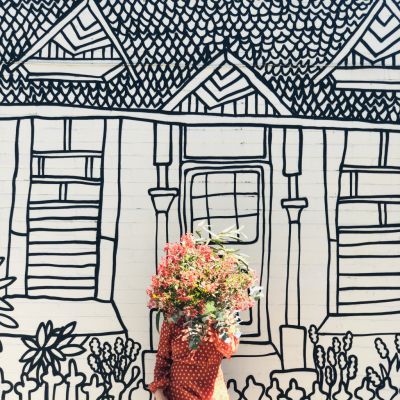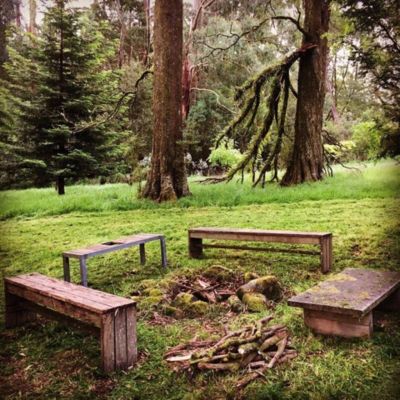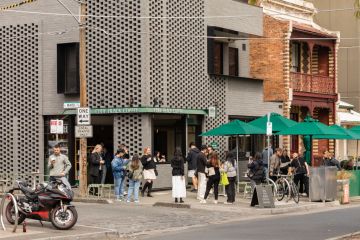The rise of the hobbyist: The full-timers making cash from their passions
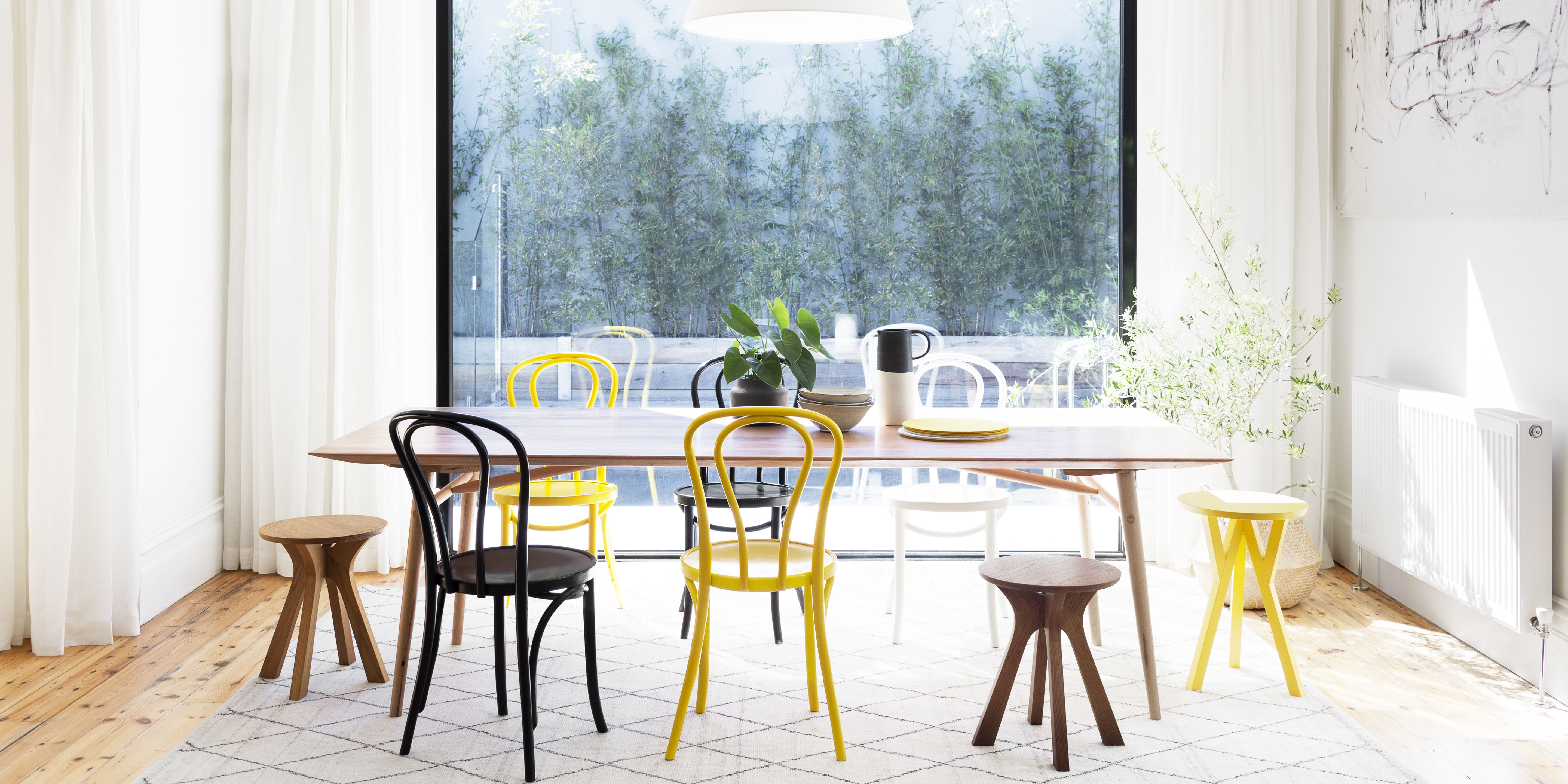
Four years ago, as Jason Koenen began renovating his own home, he interrupted the carpenters as they started moving old timber out of his house.
“I thought it would be such a shame to be throwing it away, so I decided to have a crack at recycling the timber and using it for a few pieces in the house,” he says.
It was the beginning of a passion that became a project that became a side business. Koenen began using Oregon timber for a bathroom vanity and a few of the hardwood studs for bench seats and a coffee table.
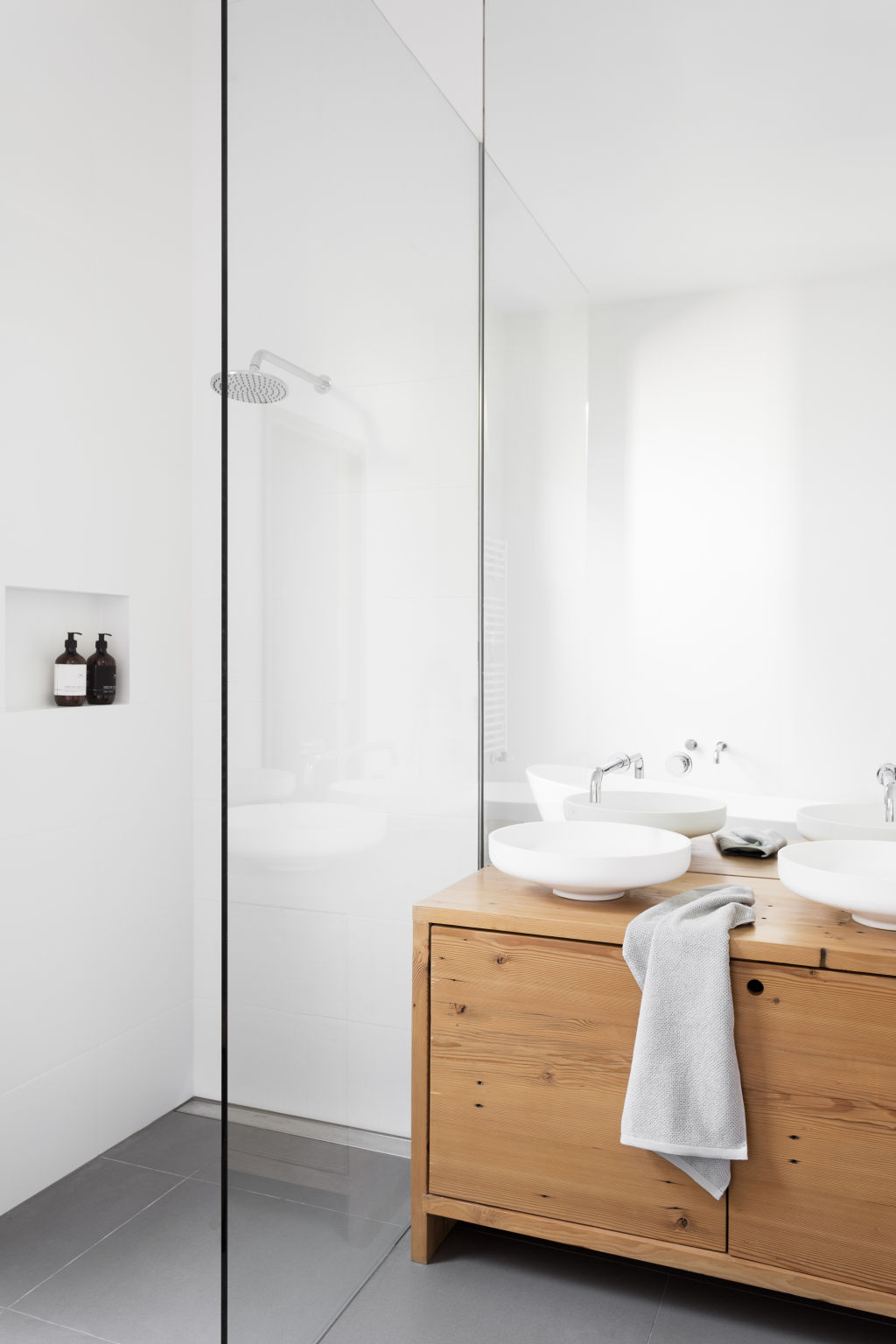
“Early on there were a lot of mistakes, and there still are a few, but over time I learnt a lot. I guess the business came about because people who had been to our house and seen some of the furniture were keen to have something made for their own homes. Mostly family and friends initially, so no money was ever made. However, over time the hobby turned into a business.”
As a full-time police officer, part-time furniture designer, finding a balance between his two jobs is almost impossible, but one he pursues because of what each allows him to do.
“The most wonderful thing to have come out of furniture making is the creativity and satisfaction. Being able to take some lovely old Australian hardwood timber out of a house as part of a renovation and return it to the client as a vanity or a dining table is such a nice sentiment.

“I often think about the legacy we leave through our work or other things in life. The crime scene examination work our team does includes a lot of sadness and devastation. Having an outlet through the furniture making is such a good thing for my mental wellbeing. Sanding a dining table top can be quite meditative,” Koenen says.
With the launch of his business Jasekoe, Koenen is one of many Australians whose piqued interest for a hobby has sparked a business outside of their full-time job.

On the Bellarine Peninsula in Victoria, Kim Bradbury works full-time in an accounting firm while simultaneously working on her brand Just One Thing, for which she hand-makes shopping bags out of recycled material.
“The catalyst came in two parts. The first was the idea for a shopping bag which took shape earlier that year when I heard that one of the major supermarkets was going to stop single-use plastic bags to help the environment.
Like Koenen, the importance of leaving a legacy came into play when Bradbury was considering launching her side business.
“The second and real catalyst came when I was driving home late one night – I was dreaming of what lasting impression I was leaving behind for my child. I wanted to create something that could make a difference to the world, not just in a tangible sense, but create something that’s sole purpose was to do good.”
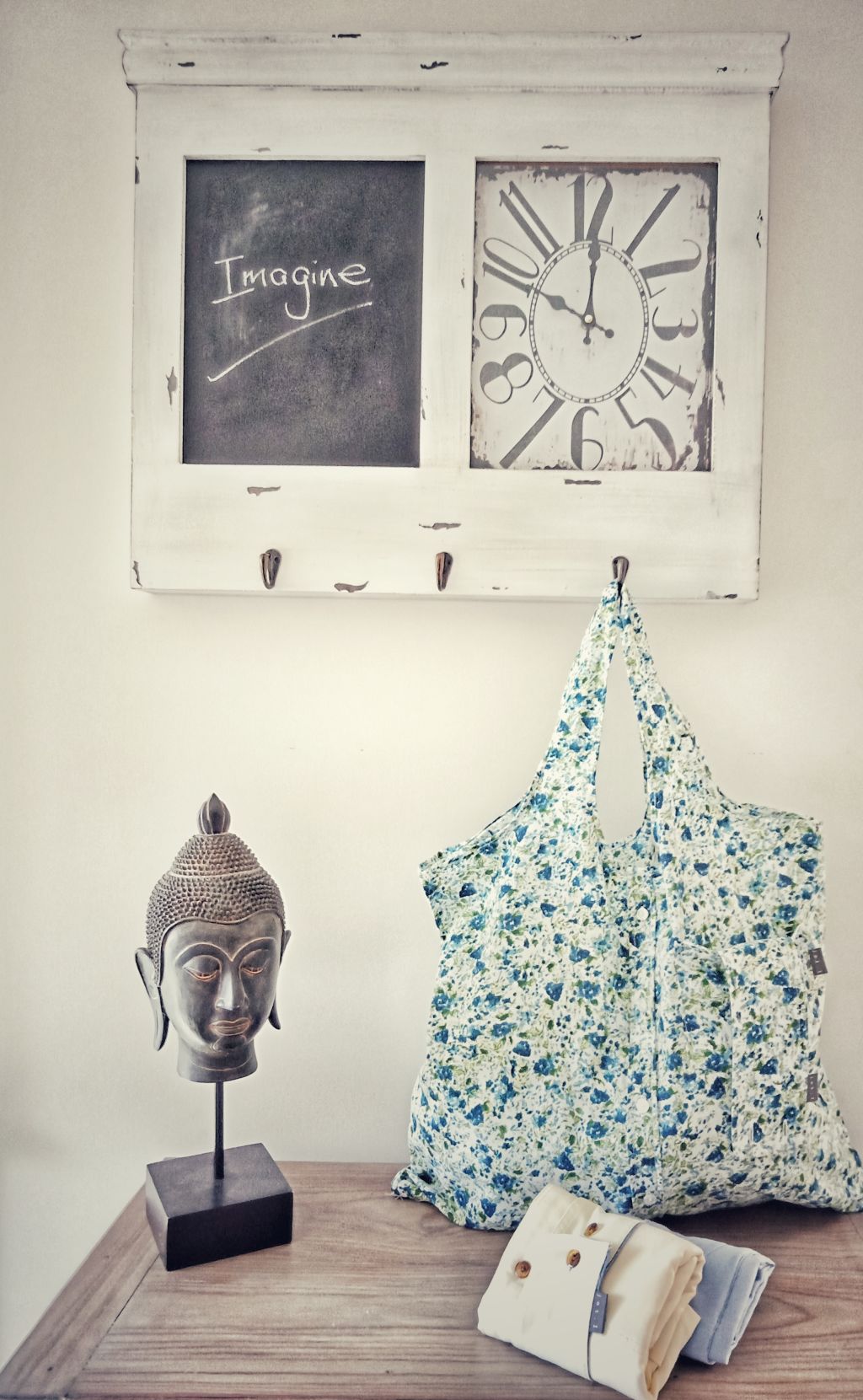
For Alyce Way, who works full-time running her homewares business while pursuing her passion for interior design on the side, having a hobby that makes money is crucial to ensuring she has an outlet for her creativity.
“It’s definitely a creativity thing. If I didn’t have it, we would probably be moving onto house number four by now, just so I can style it. This way, I can work on other people’s homes.”
She says juggling the interior design business, Hunter Style Collective, with her full-time job comes at a cost, and that cost is she often has no spare time.
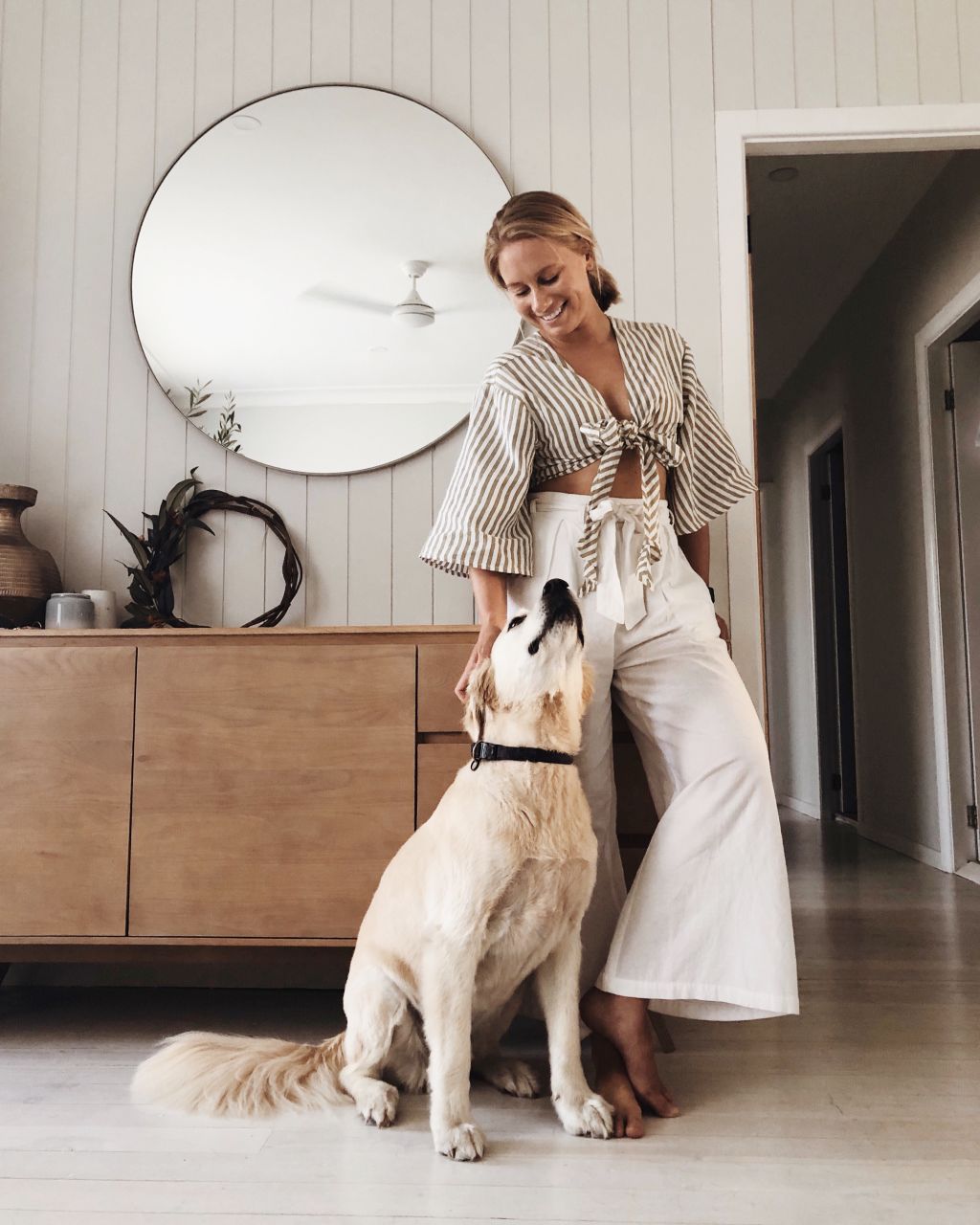
“It’s a real juggling act, putting the time into all your work. It sounds like homewares and interior design would mesh together well, but being separate businesses, it is hard to know how to split your time, or which one to put time into.”
While the nature of their hobbies and businesses are very different, Koenen, Bradbury and Way agree that, to make your passion a side hustle, you need to be committed.
“You need to be super dedicated to make it work,” Way says. “You really have to love it and you really have to want it.”
We recommend
We thought you might like
States
Capital Cities
Capital Cities - Rentals
Popular Areas
Allhomes
More
